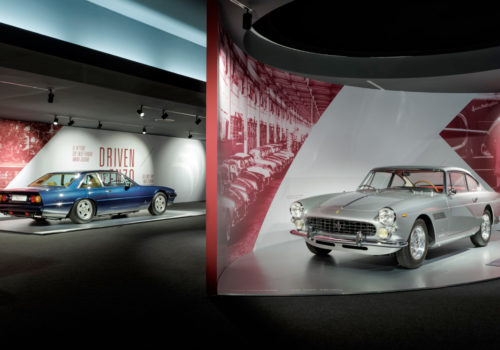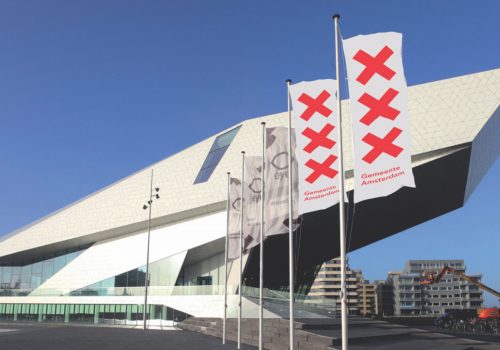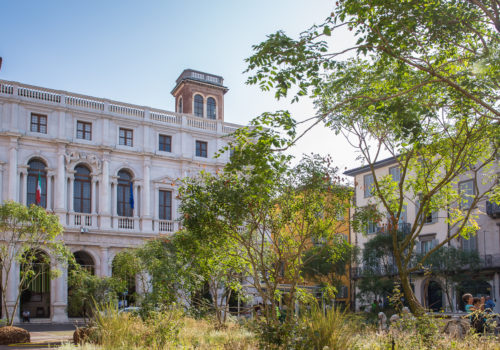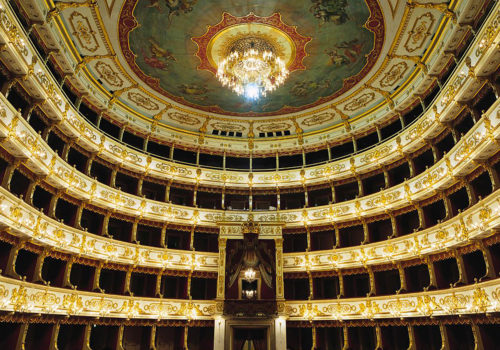At the Maxxi in Rome an exhibition and cycle of events titled “The space of a continent”
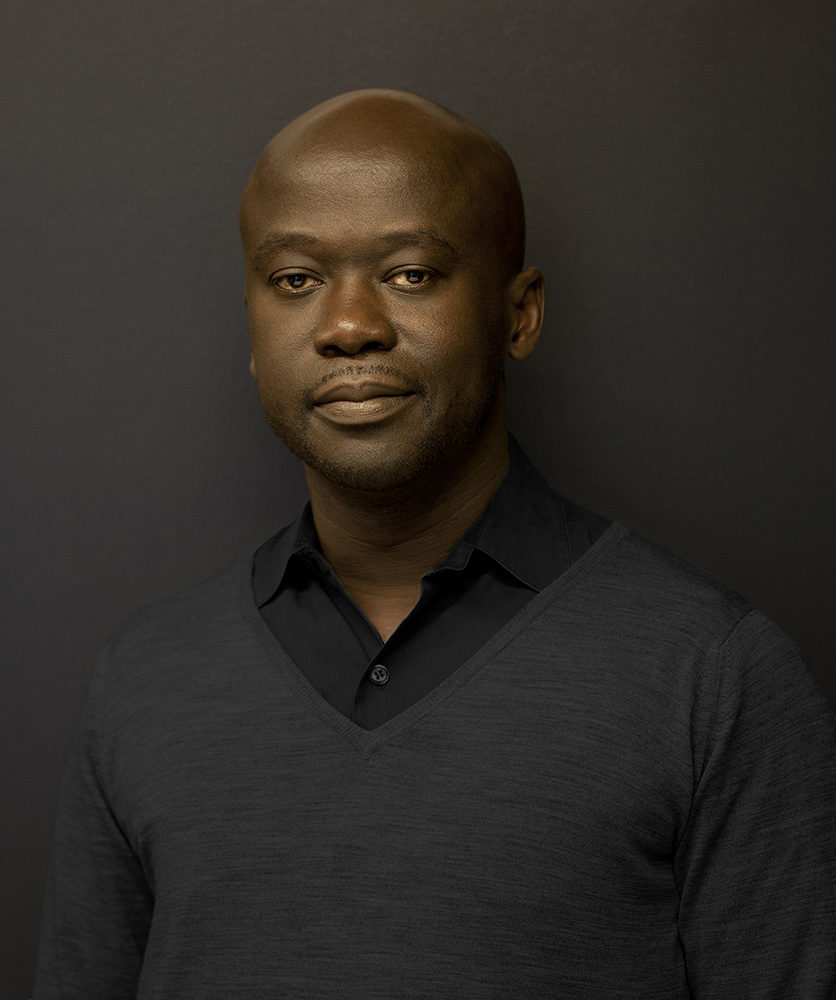
David Adjaye
“I believe that architecture not only produces forms, it also serves to bring meaning to spaces. It is not just a material to which we apply principles of aesthetics and engineering, but a field of action where the most important thing is to build an emotional relationship with the places”. David Adjaye, the architect from Ghana now naturalized as a British citizen, and founder of the firm Adjaye Associates, spoke at the Maxxi Art Museum in Rome on July 4thfor the first of three events in the cycle “The Space of a Continent”.
Adjaye, Mokena Makeka(who will speak on July 12th) and Jo Noero (July 19th) were invited by the Roman museum to talk about the role of architecture on a continent such as Africa, where it is key to transformations that are not only material, but conceptual and sociological as well. The initiative is part of the summer programme of the Maxxi dedicated to Africa, in relation to the exhibition “African Metropolis. An imaginary city” inaugurated on June 22ndand open through November 4th. The exhibition, organized in collaboration with the Ministry of Foreign Affairs and International Cooperation, presents the works of 34 artists reflecting upon the great social and cultural transformations now underway.
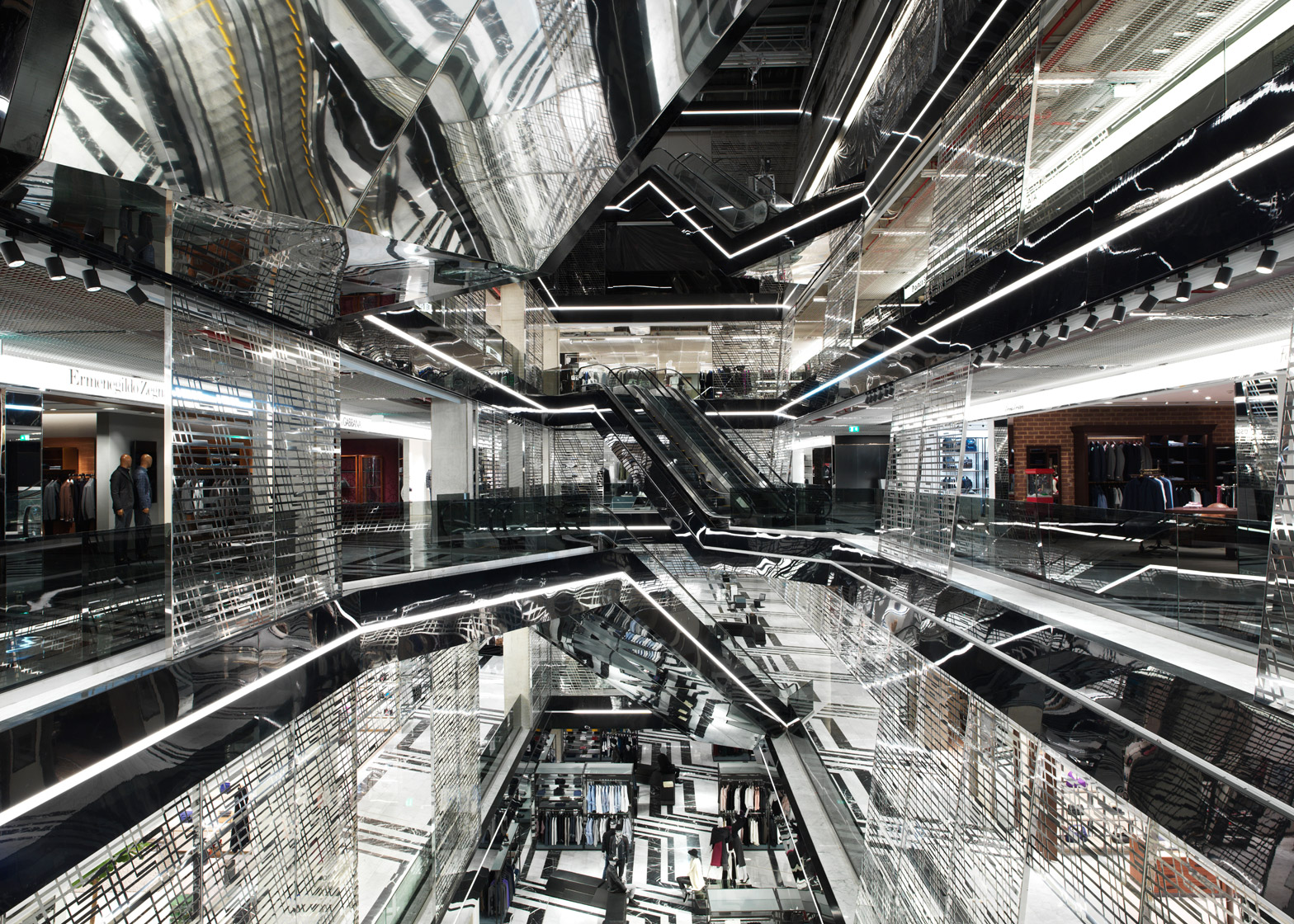
Aïshti Foundation a Beirut. © David Adjaye
What is the challenge facing architecture on the continent? Is there such a thing as a modern African style? “Africa is the subject of much discussion today, for a variety of reasons, from the economic and social crises to environmental problems – explained Adjaye – but no one ever talks about the African architectural culture, and this absence of debate results in professionals having little scarce awareness of their identity. There is no such thing today as a real African style. The projects developed there are still inspired by a post-colonial idea of modernism, and as they await the resources to build them from local administrations or international organizations, cities in the rest of the world continue to grow, leaving Africa behind”.
A lack of awareness on the part not only of the professionals, but of administrations too, which do not invest in the preservation and enhancement of the historical structures existing in the territory: on the contrary, they are being demolished in the name of a western model of modernity “made of illuminated, rigorously glass buildings”.
The future will depend greatly on individual governments. Ghana Ghana for example has chosen to invest in young architects, to avoid them leaving to go abroad. Keeping talents in place is one of the factors that will determine whether or not there will be a renascence of African architecture.
David Adjaye
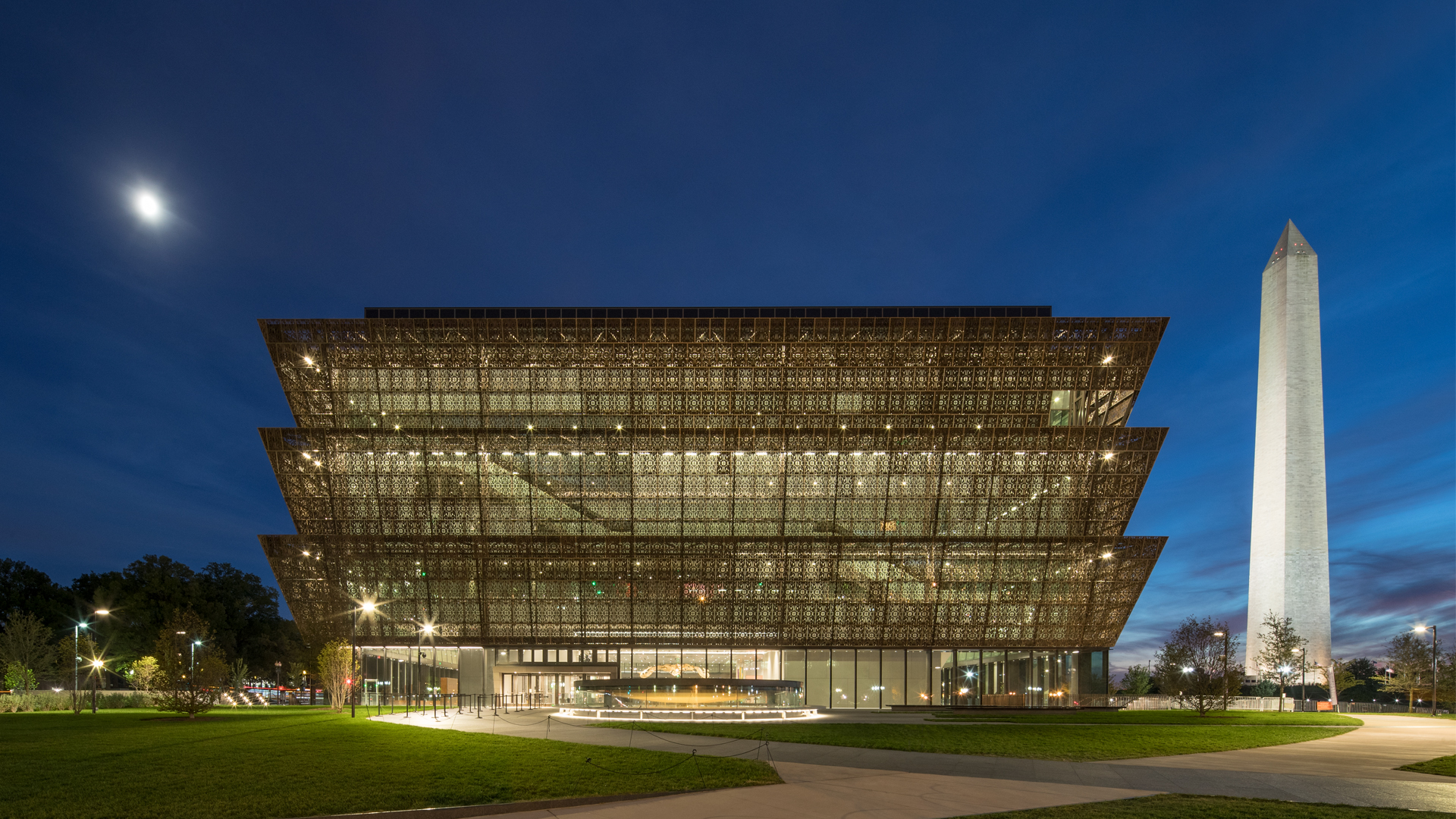
NMAAHC a Washington. © David Adjaye
In addition to the original office opened in London in 2000, Adjaye Associates now has offices in the United States, Europe, Middle East, Asia and naturally in Africa. Its most famous accomplishment? The National Museum of Afro-American History and Culture of the Smithsonian Institution in Washington D.C. (NMAAHC), covering a surface area of 420,000 square metres on 9 floors. Inaugurated in September 2016 by former President Barack Obama, “the building is inspired by the historical era – as the architect himself explained – when African American slaves were freed to move from a life of farming to commerce, and metaphorically symbolizes a sort of compensation to the Afro-American community, which is still a victim of discrimination today”.
Adjaye pursues an architecture that is above all “human”, arising from a meticulous analysis of the places in which it is to be built, and from in-depth preliminary studies. “I observe a great deal before beginning to sketch – explained the architect, – I have a romantic idea about how a project is born. I believe that architecture exists even before it is conceived, the challenge lies in one’s ability to visualize it correctly. That is why – he stated – I believe it is critical to understand the context first, in order to bring the project out spontaneously on paper “.
© ALL RIGHTS RESERVED
translation by Olga Barmine


